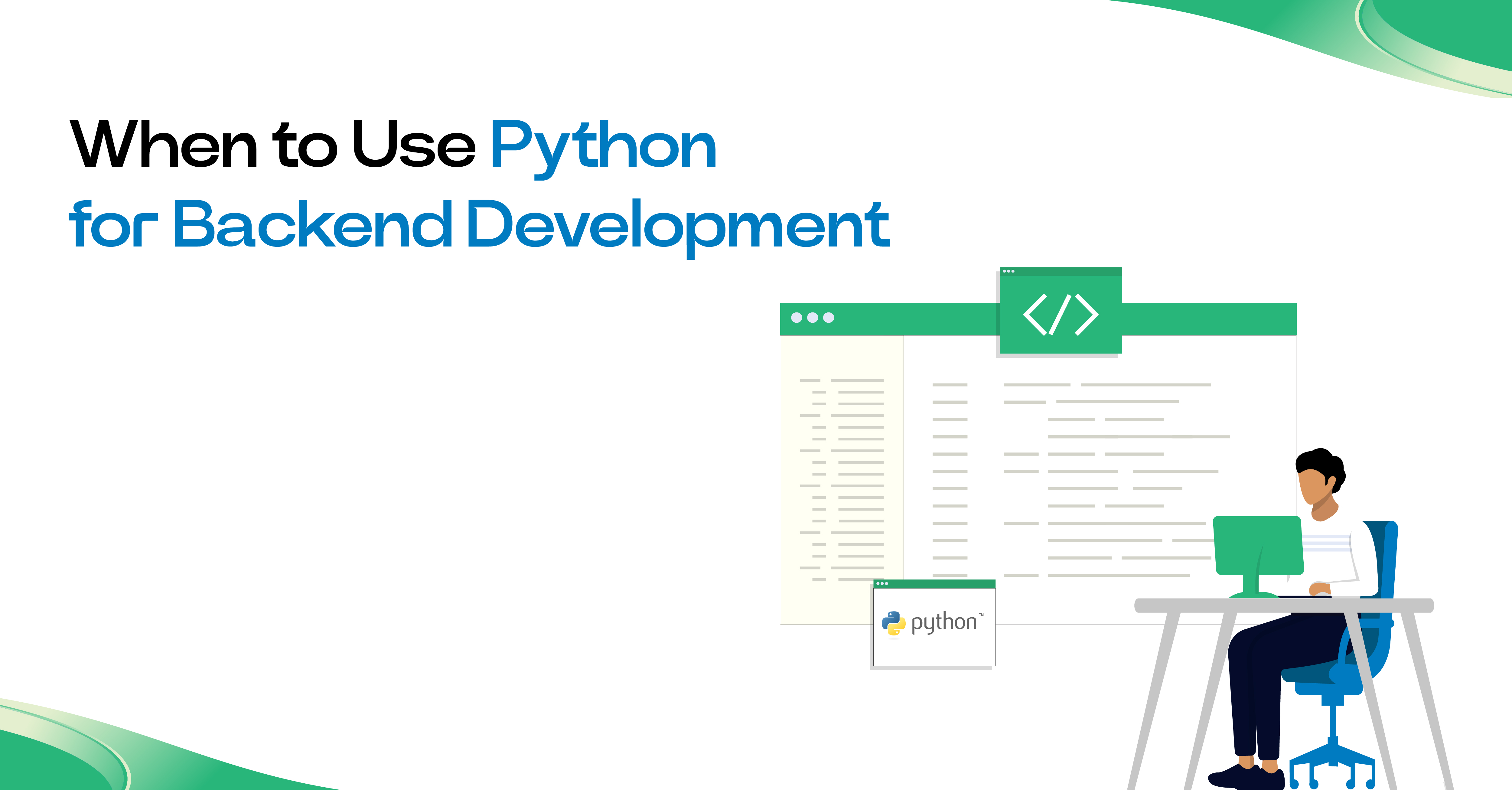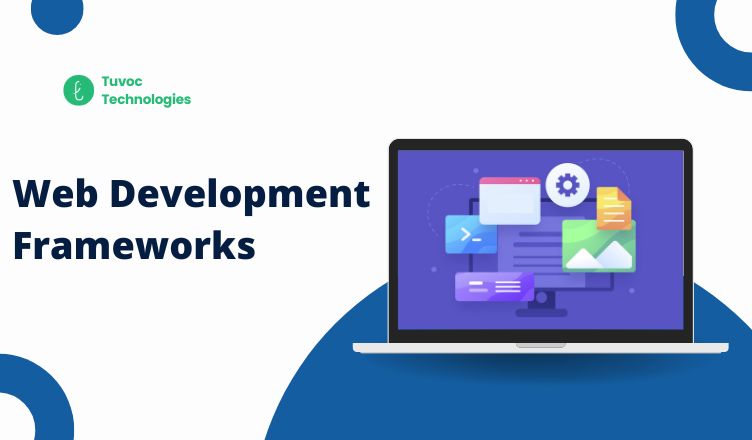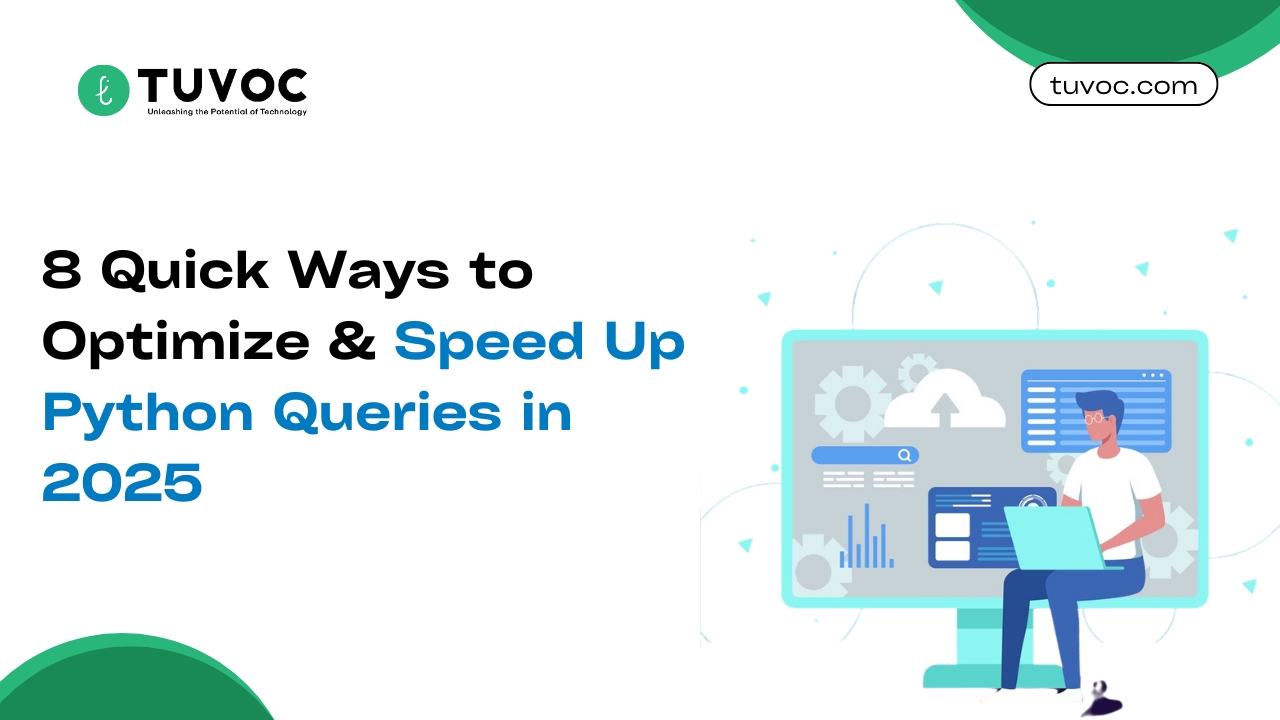 Brand Mentions + PR – Rank Higher. Get Talked About!
Brand Mentions + PR – Rank Higher. Get Talked About!
10 Proven Ways to Boost Your Bubble Web App’s Performance
Written by Thomas Adman » Updated on: July 07th, 2025

Introduction
In the modern digital world where everything moves at a high pace, customers have very high demands. The performance of your web app is not only about being fast; it affects how people will use it, conversion, and search engine optimization as well. In case you perform Bubble app development, and your application is no-code, installing your application to enhance its performance can be the deciding factor between the happiness of your users or their turnover.
This guide will lead us through ten effective and simple methods of boosting the performance of your Bubble app to give us a guideline on how to proceed forward whether you are a new developer of Bubble apps or an experienced one, or whether you want to scale an existing app or you are a novice developer. We will also cover how and why it is a good idea to hire Bubble developers to assist you to become a better optimized and scaled business.
The Importance of Performance Optimization in the Bubble App Development
Before going ahead and analyzing the methods, it would be important to first know why performance optimization should be done in creating Bubble apps:
- Better User Retention: Quicker apps have fewer bounce rates and more engagement with the user.
- SEO Boost: Fast speed counts in the Google rank. Slow app will damage your search engine rank.
- Cost Efficiency: Optimized apps require less resources, hence low expenses of hosting and capacity.
- Higher Conversions: The smooth user experience will directly impact your sales or sign-up funnel.
1. Use Repeatable Portions to Reduce Page Loads
The reusable elements are one of the best methods to make the load times reduce. Rather than putting and placing all the UI elements on each page by themselves, you should make reusable groups and UI elements which could be called on various pages.
The reasons why it is a help:
Bubble loads all the DOM of a page. Elements that can be reused are loading faster, their workflow is uncomplicated, and they do not create repetitions-this results in better user experiences.
Tip: Put headers, footers, modals, or popups into reusable blocks. It does simplify future updates as well.
2. Optimize Database Queries
Bubble apps usually encumber in the presence of inefficient searches and poorly set up data. This might have a very serious performance effect, particularly on pages with lots of data.
Best practices:
- Do a search only in extreme cases.
- Add constraints and use :filtered sparingly.
- Use backend workflows for data manipulation rather than client-side logic.
- Leverage privacy rules restrict unnecessary data fetching.
Pro Tip: If you find it difficult to manage complex queries, hire Bubble developers who can help with optimizing data architecture and advanced workflow logic.
3. Load Data on Demand (Pagination & Lazy Loading)
Background loading of huge sets of data at one time is the death of performance. Rather, use pagination or on-demand loading to fetch the info in chucks.
Approach:
- Load only a few items using the: items: # operator of Bubble.
- Apply asynchronous loading of the new data by means of the implementation of Load more buttons or infinite scroll.
This puts the page at a light weight and enhances the user experience without parting with functionality.
4. Avoid Excessive Number of Custom States and Conditions
Custom states are very strong, and they may bottle neck your app, particularly when you repeat a lot of conditional properties.
Performance tips:
- Reduce the number of conditions in an element.
- Do not tack unnecessary conditionals.
- Always use configured defaults and/or backend when feasible.
When to outsource: It often happens that you find it challenging to handle custom states, and you can use the help of Bubble developers to refactor your app logic to improve its performance and relief its logic.
5. Heavy Lifting Backend Workflows
Workflows occur within the back end of Bubble, where the processing is offloaded to the user's browser.
Use cases:
- Processing of data (batch update, report creation)
- Email notifications
- Scheduled workflows
- API or complex logic
Bonus: Backend operations will not hang the UI, and your users will get a faster experience even when you are doing heavy tasks in the background.
6. Optimize Images and Set Responsive Options
One of the greatest offenders to slow page loading is the image. In Bubble, there is no automatic optimization of the images, so you have to control their size and format.
Tips:
- Upload images in less size (using programs TinyPNG or ImageOptim).
- Responsiveness To wisely use the "Run-mode rendering width" setting.
- Load images lazily when you can.
- Do not use full-size images, except in case of necessity.
Pro Insight: Performance tuning of Product Bubble developers Most of the low professional Bubble developers would put integration of CDNs and responsive images to their settings.
7. Limit the Use of "Only When" Conditions in Workflows
Conditions such as Only When associated with workflow can be useful but can introduce latency when over-utilized or incorrectly positioned.
Optimization strategies:
- Reduce the steps in the work process.
- Do not replicate conditions in several actions.
- Logically group the action into unique events to minimize clutter.
- Optimization of your workflows lowers the volume of computations that Bubble needs to execute with every user input, decreasing the answer windows of your app.
8. Minimize the Number of Element and the Page Complication
An excessive amount of content on one page is likely to increase the size of DOM quite a bit and thereby reduce the speed of the rendering process and interactions.
How to make easy:
- Divide complex pages into smaller pages that are modular.
- When using hidden groups, do it sparingly.
- Do not immerse too many groups into others.
The two processes of getting lean and fast are also facilitated by the fact that multi-step forms or tabs are used, as opposed to having one long form.
9. Watch with the Performance Tools of Bubble
Bubble provides performance analysis tools that have the potential to uncover bottlenecks in your app.
Equipment to be used:
- App Data Tab: Monitor the studies and the complexity of your data.
- Logs Tab: View run times of workflows and error messages.
- Capacity Meter: Check the use of resources and detect whether you are pressing against limits.
When this analysis of these metrics is done, it supports data-driven decision-making of what should be optimized.
10. Optimize Plan Upgrades
In case you experience a repetitive occurrence of reaching capacity limits, it is reasonable to upgrade your Bubble plan to ensure an increase in corresponding quantity of server resources.
However, do not rely solely on the upgrading process. The first step is to make sure that you have already applied some optimization tips described above. The idea of throwing additional resources at the badly optimized app is rather cost-inefficient but not performance-elevating.
Pro Move: Before upgrading, order a performance audit by Bubble experts that can be carried out. He or she will make sure that you are maximizing your current plan.
Advantages of Hiring Skilled Bubble Developers
Clean, Modular, and Scalable Architecture
Developers design your app so that it is simple to handle and expand. Modular architecture also prevents module growth, such that any new functionality you add does not corrupt your preexisting functionality or cause performance problems.
Expert Database Structuring for Faster Queries
It is really important to optimize the data storage, queries, and relations of your Bubble database. The bad data design is ranked as one of the leading causes of slowness. Professional programmers understand how to store the database in such a way that there is less load time.
Deep Knowledge of Plugins, Backend Workflows, and Performance Tools
Backend workflows to minimize the client-side load, analysis of Bubble distributed performance logs, and third-party tools are some of the possible strategies that the sole founder might be unaware of or could be implemented inefficiently.
Faster Development Cycles and Fewer Bugs
And this means that when you have the work being done by the experienced Bubble developers, not only is it done more quickly, but it is also done with higher quality. They foresee problems, practice the best approach, and minimize the necessity to fix and rework frequently.
Final Thoughts
The decision to hire Bubble developers is a good business move when the growth of your application is outpacing your current ability to handle it efficiently. The cost of hiring experts will save mistakes that turn out to be costly to fix, accelerate the development process and when it is compared to building an app on scale and reliability, then you can be guaranteed that every effort that has been laid down is being taken seriously.
And suppose you're interested in optimizing the work of your Bubble app, simplifying its structure, and implementing new functionality with confidence. In that case, it's probably time to consult professionals or hire developers.
Note: IndiBlogHub features both user-submitted and editorial content. We do not verify third-party contributions. Read our Disclaimer and Privacy Policyfor details.
Copyright © 2019-2025 IndiBlogHub.com. All rights reserved. Hosted on DigitalOcean for fast, reliable performance.














